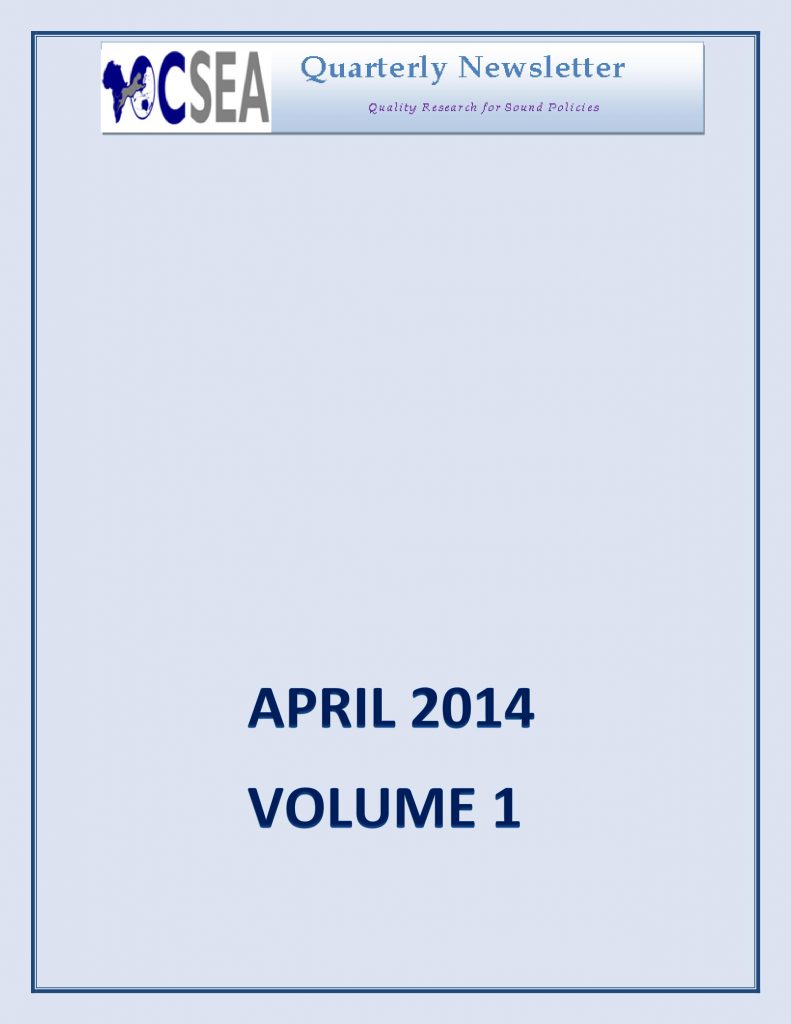Newsletters
Related
Public Debt Stock And Debt Servicing
Public Debt Stock and Debt Servicing: Public debt stock has steadily increased overtime; reaching over N12, 000 billion naira by 2015Q4. With the persistent fall in crude oil price and the attendant d
Nigeria Economic Update (Issue 41)
Latest World Economic Outlook (WEO) report by the International Monetary Fund reveals that Nigerias economy will grow by 1.9 percent in 2018 an unchanged stance from earlier projections. However, the figure is 2.9 percentage points lower than the 4.8 percent 2018 estimated growth rate in Nigerias ERGP (Economic Recovery and Growth Plan) 2 showing a very large disparity between domestic and international growth forecasts for Nigeria. The Funds projection however seems to have taken into cognizance underlying factors that could slow growth in the medium term: faster pace of population growth relative to GDP growth3, poor policy implementation, banking system fragilities and foreign exchange market segmentation.
Nigeria Economic Update (Issue 29)
Global oil price edged upwards in the review week. International crude benchmark, Brent, rose week-on-week by 3.1 percent to $50 per barrel as at July 21, 20173 a level it had not attained since June. The remarkable gains followed demand-side progress earlier statistics from China showed increase in crude imports, indicating prospects of higher demand. This was also complimented by the huge drop in US domestic crude production (Crude reserves fell by 4.7 million barrels). If the trend is sustained, Nigeria could record further rise in its Gross Federally Collected Revenue. Nevertheless, there remains a need for Nigeria to overcome the challenge of harnessing its oil and gas resources by making strategic policy choices andensuring coordination in policy implementation to minimize macroeconomic distortions.

